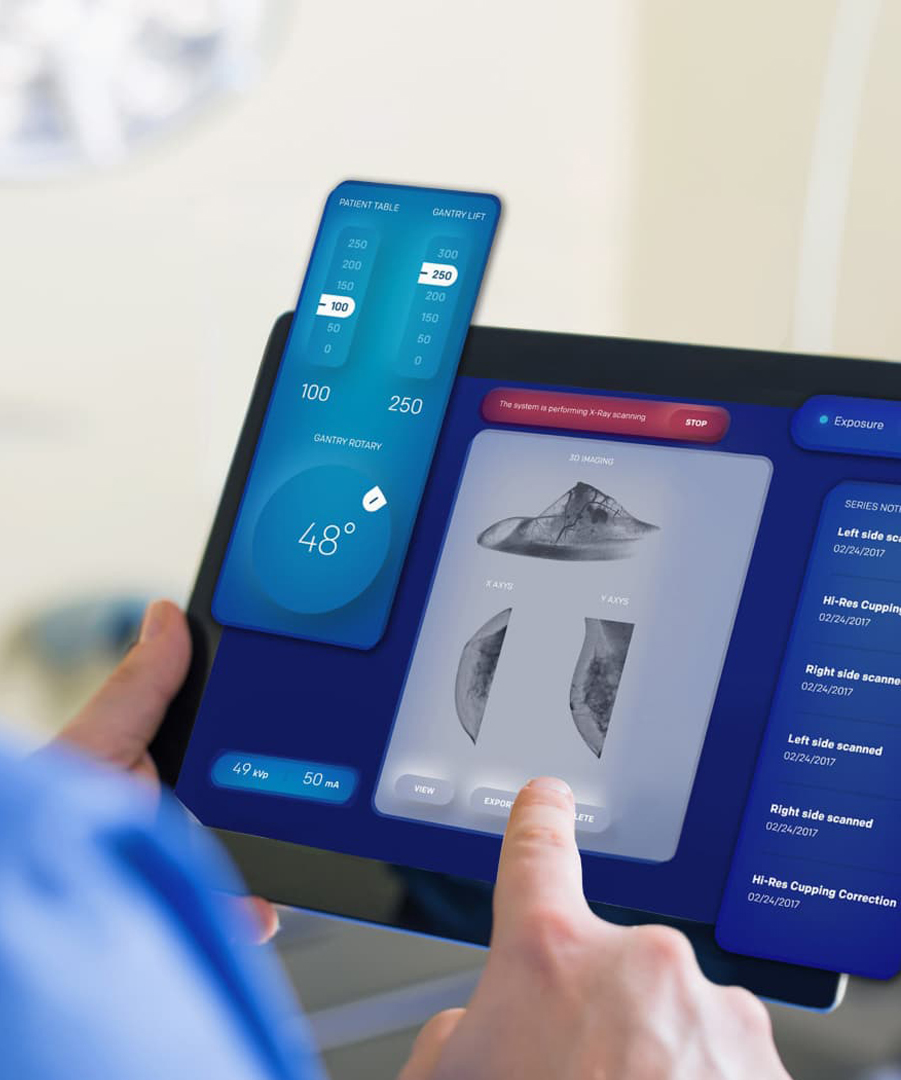


Isuzu 6HK1-TC fire trucks, also named Isuzu rescue fire vehicle, Engine Error Code Diagnosis and Solutions.The Isuzu 6HK1-TC engine utilizes the advanced TICS fuel injection pump electronic control system, and the ECU (Engine Control Unit) features self-diagnosis. When the system detects a fault, the "CHECK ENGINE" warning light illuminates and the corresponding fault code is stored. Understanding the interpretation and solutions for these error codes can effectively improve engine maintenance efficiency.
Common Error Codes and Solutions
P-Series Trouble Codes
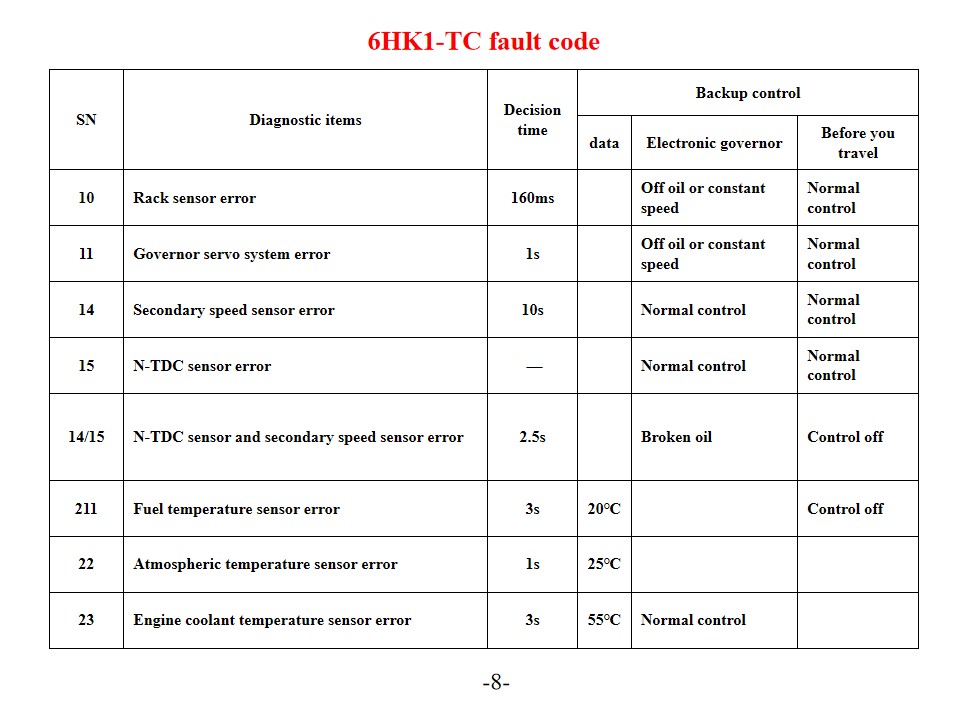
P0101 (Mass Air Flow Sensor Circuit Low)
Check the engine coolant temperature sensor and its wiring. Verify the sensor power supply voltage and ground connection. Replace the ECU or sensor if necessary.
P0102 (Mass Air Flow Sensor Circuit High)
Check fuel quality and filter condition. Clean the fuel system. Check the fuel pressure regulator, fuel pump, and injector circuits.
P0103 (Mass Air Flow Sensor A Circuit High)
Check the sensor signal circuit for a short circuit. Test the sensor's operating status. Replace the sensor or ECU if necessary.
Digital Trouble Codes
10 (Rack Sensor Error)
Check the rack sensor and its wiring. Verify normal signal transmission.
11 (Speed Governor Servo System Error)
Check the speed governor servo system's operating status. Test related circuit connections.
14 (Auxiliary Speed Sensor Error)
Check the auxiliary speed sensor's installation position. Test the sensor's signal output.
15 (N-TDC Sensor Error)
Check N-TDC sensor connection
Verify signal accuracy
System maintenance and preventive measures
|
SN |
Diagnostic items |
Decision time |
Backup control |
||
|
data |
Electronic governor |
Before you travel |
|||
|
10 |
Rack sensor error |
160ms |
|
Off oil or constant speed |
Normal control |
|
11 |
Governor servo system error |
1s |
|
Off oil or constant speed |
Normal control |
|
14 |
Secondary speed sensor error |
10s |
|
Normal control |
Normal control |
|
15 |
N-TDC sensor error |
— |
|
Normal control |
Normal control |
|
14/15 |
N-TDC sensor and secondary speed sensor error |
2.5s |
|
Broken oil |
Control off |
|
211 |
Fuel temperature sensor error |
3s |
20℃ |
|
Control off |
|
22 |
Atmospheric temperature sensor error |
1s |
25℃ |
|
|
|
23 |
Engine coolant temperature sensor error |
3s |
55℃ |
Normal control |
|
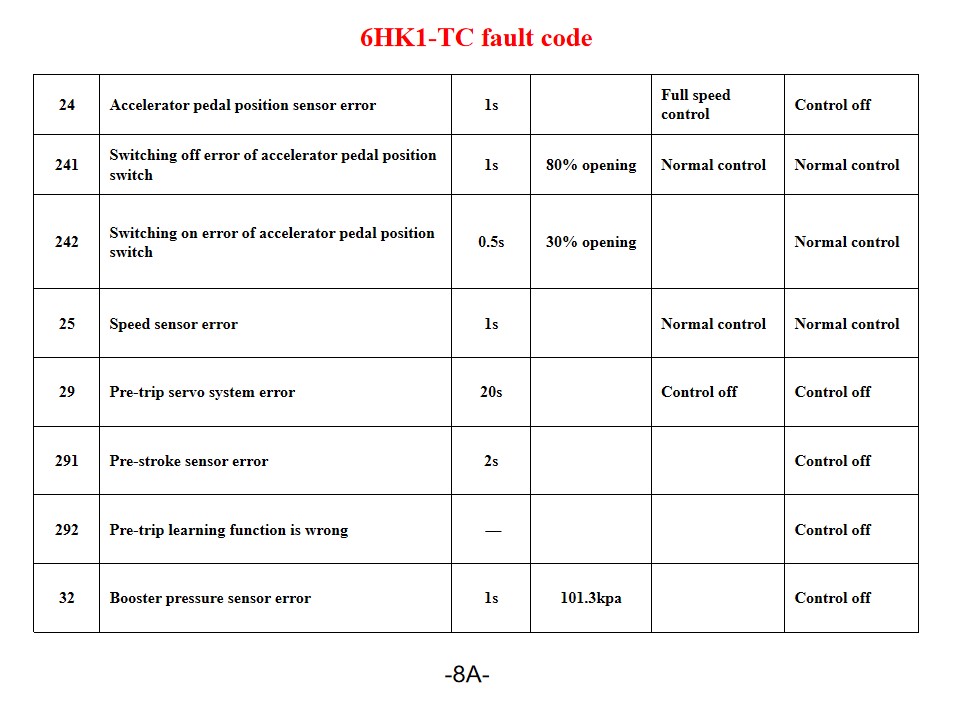
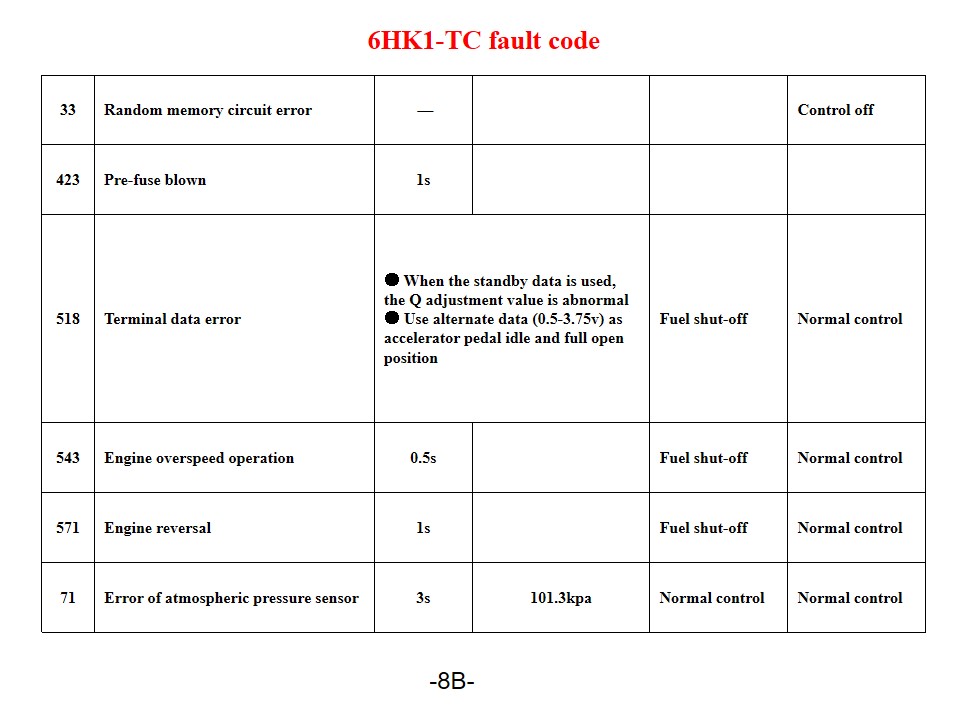
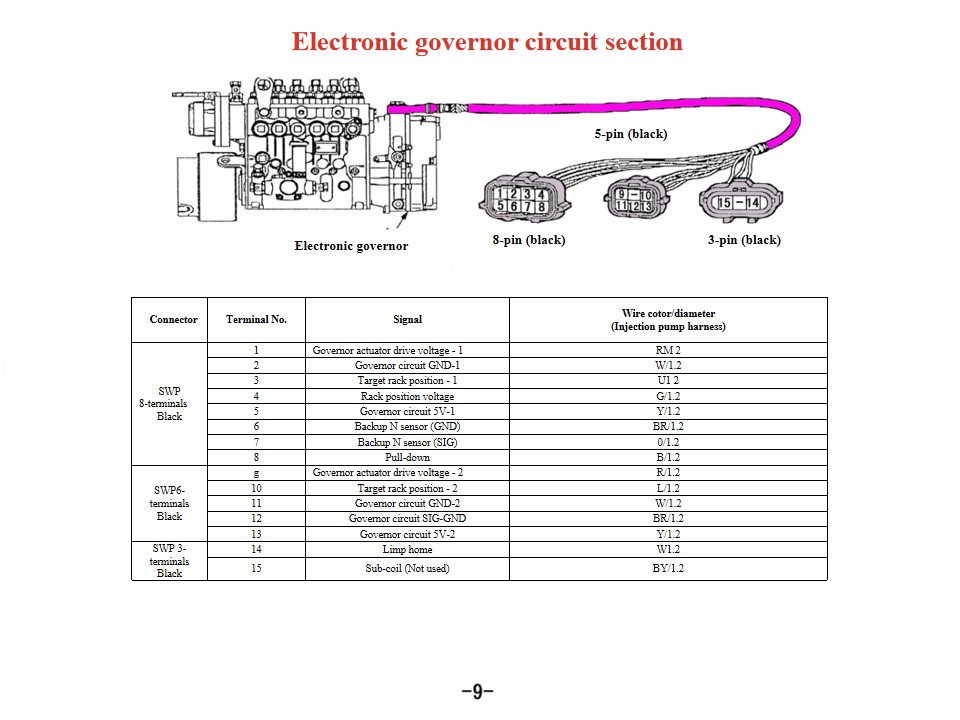
|
Connector |
Terminal No. |
Signal |
Wire cotor/diameter |
|
SWP 8-terminals Black |
1 |
Governor actuator drive voltage - 1 |
RM 2 |
|
2 |
Governor circuit GND-1 |
W/1.2 |
|
|
3 |
Target rack position - 1 |
U1 2 |
|
|
4 |
Rack position voltage |
G/1.2 |
|
|
5 |
Governor circuit 5V-1 |
Y/1.2 |
|
|
6 |
Backup N sensor (GND) |
BR/1.2 |
|
|
7 |
Backup N sensor (SIG) |
0/1.2 |
|
|
8 |
Pull-down |
B/1.2 |
|
|
SWP6- terminals Black |
g |
Governor actuator drive voltage - 2 |
R/1.2 |
|
10 |
Target rack position - 2 |
L/1.2 |
|
|
11 |
Governor circuit GND-2 |
W/1.2 |
|
|
12 |
Governor circuit SIG-GND |
BR/1.2 |
|
|
13 |
Governor circuit 5V-2 |
Y/1.2 |
|
|
SWP 3- |
14 |
Limp home |
W1.2 |
|
15 |
Sub-coil (Not used) |
BY/1.2 |
Regular maintenance
Change engine oil on schedule (based on mileage and temperature requirements)
Replace three filters (diesel filter, oil filter, and air filter)
Use diesel rated for local temperatures
Operating specifications
Preheat the engine before starting a cold engine (especially in winter)
Maintain the cooling system in summer to prevent overheating
Inspect the fuel system regularly to prevent air lock
Professional maintenance
Read fault codes using specialized diagnostic tools
Perform maintenance in accordance with the manufacturer's repair manual
Practice safe operation to avoid accidents such as electric shock and burns
Troubleshooting process
Read fault codes using specialized diagnostic tools
Determine the possible fault range based on the fault code
Inspect related components using a systematic process
Clear fault codes after repair (follow the clearing protocol for specific models)
Verify that the fault has been completely eliminated
Systematic error code diagnosis and standardized maintenance procedures can effectively resolve various Isuzu 6HK1-TC engine issues, extend engine life, and ensure stable vehicle operation. For complex faults, professional repair services are recommended.
You may be interested in the following information